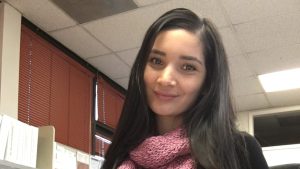Researchers at UC Santa Cruz have developed a new software called cGAN-Seg that utilizes AI models to create synthetic images of single cells to assist in training AI models for cell segmentation. These synthetic images are used to generate images that closely resemble real images of cells, complete with annotated and labeled details, to provide a diverse set of training data for the AI model. This new method helps to eliminate the time-consuming and laborious task of manually segmenting cells from microscopy images.
Observing individual cells through microscopes can provide valuable insights into cell behavior, disease detection, and medicine development. However, manually labeling cell boundaries from their background in microscopy images can be challenging and time-consuming, especially in tissue samples with multiple cells. Deep learning models can expedite this process, but require a substantial number of annotated images for training to ensure accuracy across various experimental conditions and cell types.
To address the shortage of annotated data for AI training sets, researchers at UC Santa Cruz developed an image-to-image generative AI model that creates synthetic images based on a limited set of annotated cell images. These synthetic images introduce intricate subcellular features and structures to generate a diverse and varied dataset for training the AI model. By using a generative model with augmentation functions and a style injecting network, researchers can produce high-quality synthetic images with unique cell characteristics.
The diverse set of synthetic images generated by the AI model are then used to train an AI model for accurate cell segmentation in new, real images obtained during experiments. The researchers found that their model produced significantly improved segmentation results compared to traditional methods using limited training data, demonstrating that a more diverse dataset during training enhances performance. This enhanced segmentation capability allows researchers to better detect individual cells and study variability, especially among stem cells.
In the future, the researchers aim to expand their technology to generate videos of cell behavior, providing insights into the factors influencing a cell’s fate early in its life and predicting its future. By generating time-lapse movies from synthetic images, researchers hope to predict outcomes such as cell growth, migration, differentiation, and division. This innovative approach may open up new possibilities for cell biology research and disease studies, enhancing our understanding of cell dynamics and behavior.





